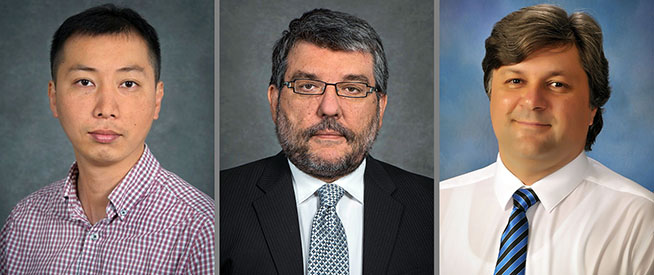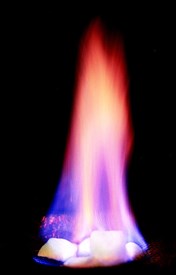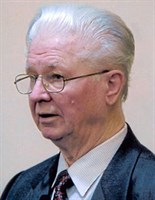In September, the U.S. Department of Energy (DOE) announced the funding of six multi-year research projects to improve the understanding of methane hydrate system behaviors.

Dr. Jihoon Kim, Dr. George Moridis, and Dr. Yucel Akkutlu
Dr. Jihoon Kim, assistant professor in the Harold Vance Department of Petroleum Engineering at Texas A&M University, is leading one of the six projects. Kim and fellow petroleum engineering professors Dr. George Moridis and Dr. Yucel Akkutlu will advance capabilities to model hydrate systems so they are better understood.
These gas hydrate systems are a potential energy source, but have many unknown factors. Hydrates, frozen methane locked in ice crystals, change form when subjected to natural, environmental or production recovery factors. Reduced pressure and increased heat break the crystal formations through dissociation, releasing water and methane. The crystals are currently located in geologic formations found in permafrost areas and subsea deposits.

Burning gas hydrate ice crystals. Photo courtesy of U.S. Geological Survey.
“Gas hydrate problems are complicated compared to other geological problems,” said Kim “A model describing hydrates involves coupled flow, thermal and geomechanical processes. For accurate predictions of the behavior, you have to create very strong and robust numerical simulators.”
Kim’s research interests include coupled flow and geomechanics in hydrate accumulations. He is known in the hydrate community as a specialist in subsidence in the geomechanics of hydrate bearing systems. As part of the project, Kim’s research team will collaborate with the Korean Institute of Geoscience and Mineral Resources (KIGAM) in South Korea and the Lawrence Berkeley National Laboratory (LBNL) in California.
“The collaboration in this case involves transfer of knowledge from a national laboratory to a wider base over here,” said Moridis. “We are creating new capabilities both in our faculty and in our students at Texas A&M.”
In addition to being a professor at Texas A&M, Moridis is an Earth senior scientist and faculty associate in the Energy Geosciences Division of LBNL. He is head of LBNL’s Hydrocarbon Resource Program and is in charge of research programs on unconventional resources, including hydrates.
“Dr. Moridis has actually worked on the problem of flow behavior for a long time so we are using his flow simulator,” said Kim. “I’m combining it with my geomechanical simulator, but the couplings must be very rigorous and accurate. This research is not only about numerical simulation but also about experiments. Dr. Akkutlu will lead geomechanical gas hydrate experiments.”
KIGAM and LBNL will provide data on measured and recorded gas hydrate behaviors to Texas A&M so Kim’s team can create computer programs that predict hydrate reactions to changes in pressure and temperatures. These simulations will also address production-related issues. Experiments will be done separately and those results will be compared to the modeling to ensure accuracy.
“You cannot avoid geomechanics to understand natural gas production from hydrates,” said Akkutlu. “Similarly you cannot avoid the fluid in the pores and how it changes phases. They are all intimately coupled. Both Kim and Moridis are involved in this problem. My strength is multiphase flow, phase change and fluids behavior. It’s going to be an interesting integration.”
“We will do validations between the numerical results and the experimental results,” added Kim. “Experiments will be conducted not only by the Lawrence Berkeley National Lab, but also by Texas A&M. Dr. Akkutlu will lead and manage them. Then we will predict the behaviors in an actual field in South Korea, as well as an actual field in Alaska.”

Dr. Yuri Makogon
Hydrates are not new to the petroleum engineering department. Dr. Yuri Makogon, an award-winning retired Texas A&M Engineering Experiment Station (TEES) Researcher with Texas A&M, discovered gas hydrate formations in nature in 1965. Makogon worked with the petroleum department for several years, where he furthered his hydrate research.
Other DOE projects will also investigate production challenges of this vast source of natural gas and assess the role of gas hydrates in a global climate cycle. Kim’s is the largest DOE project, and the largest hydrate project in Texas A&M history. Essentially this means Texas A&M is poised to become part of a small but critical global gas hydrate community exploring the recovery and production of this potential energy resource.
“Assessing the potential for production of natural gas from gas hydrates is a very forward-looking research area because hydrates are the largest known methane resource on the planet,” said Dr. Dan Hill, head of the petroleum engineering department. “If they can be assessed safely and profitably, hydrates could become a big player in the natural gas supply for the future. Research is about being ahead of where we are right now. It’s an exciting area for us to be in. I hope it’s the start of much bigger things.”
“This is the kind of research you contract in order to address the needs of 20 to 30 years from now, not today,” said Moridis. “This is the reason national laboratories are focused on this, because we are not working on today’s problems, but what’s going to happen in 20 or 30 years. We are in the development of a strong basis, an intellectual basis, for hydrate research here at Texas A&M.”